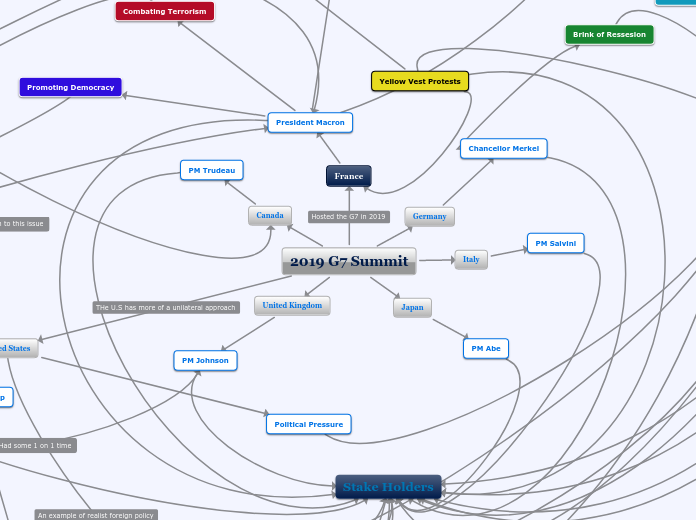によって Noya Kamran 5年前.
187
Organigram
The comparison between Nova Scotia and Canada East highlights significant differences in the First Nations peoples who originally inhabited these regions, the treaties that were enacted, and the industries that developed.









